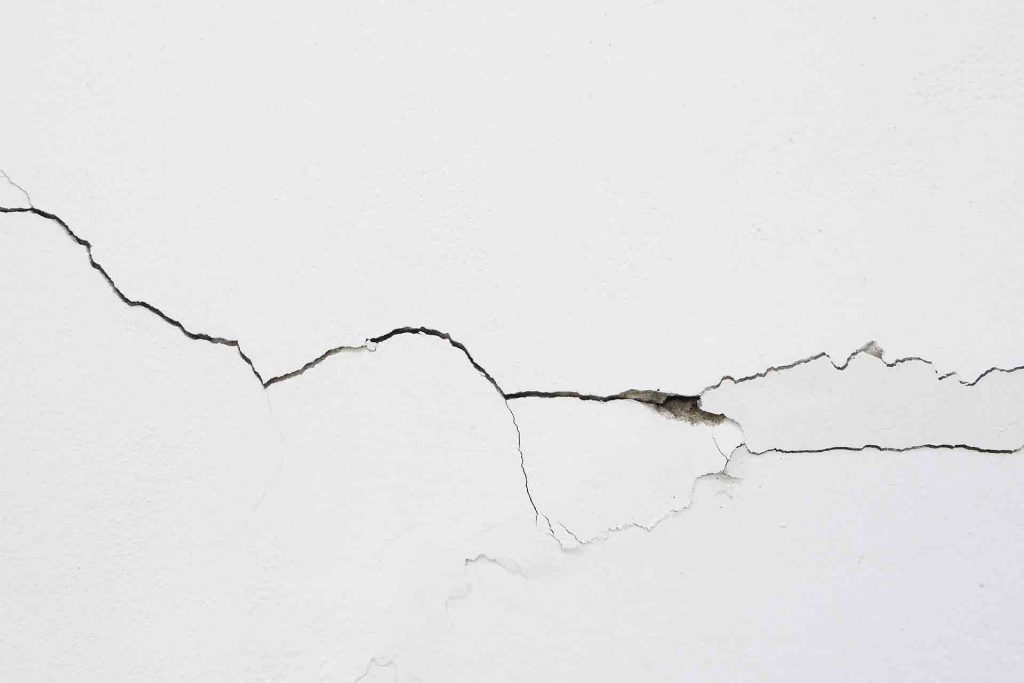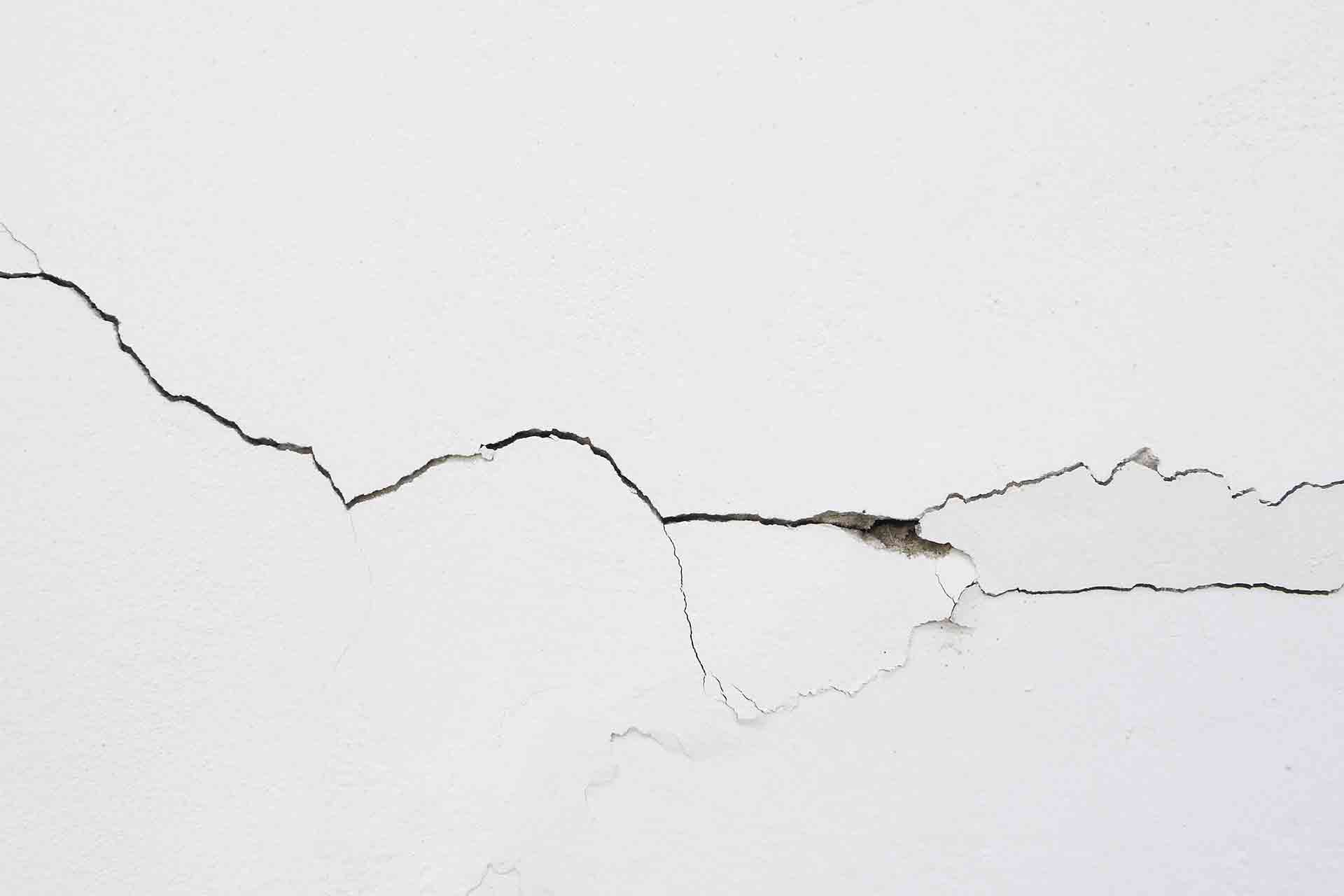Discovering cracks in your ceiling can be unsettling and, in some cases, downright alarming. Whether you’re a homeowner or a renter, the presence of ceiling cracks can leave you wondering about the underlying issues. In this comprehensive guide, we will explore the causes of ceiling cracks, potential solutions, and effective preventive measures to address this common household problem.

What Are the Causes?
Settlement Cracks
Settlement cracks are among the most common types of cracks in ceilings. They occur when a house or building naturally settles over time. Factors contributing to settlement cracks include:
- Normal Structural Movements: All structures undergo slight movements over time, leading to minor cracks. These cracks are typically thin and do not pose significant structural issues.
- Inadequate Foundation Support: If your home’s foundation was not properly supported during construction, it may experience more significant settlement cracks. These cracks are often wider and may require attention.
Water Damage
Water damage is another leading cause of ceiling cracks. It can result from various sources, including:
- Roof Leaks: A leaking roof can allow water to penetrate the ceiling, causing stains, weakening the structure, and eventually leading to cracks.
- Plumbing Issues: Leaky pipes, whether from damaged plumbing or condensation, can create water damage in the ceiling, potentially leading to cracks.
Structural Issues
Sometimes, more serious structural problems can be at the root of ceiling cracks, including:
- Foundation Problems: Structural issues with the building’s foundation can cause shifts in the ceiling, leading to noticeable cracks.
- Excessive Weight: Overloading your ceiling with heavy materials or equipment can stress the structure, causing cracks to form.
What Can I Do?
Minor Crack Repairs
For minor cracks, you can consider the following repair options:
- Patch and Paint: Small, hairline cracks can often be patched with a joint compound and then painted over to blend with the ceiling.
- Fiber Tape: Using fiber tape is another way to reinforce minor cracks. Apply the tape over the crack, then cover it with joint compound, sand, and paint.
Major Repairs and Professional Assistance
If the cracks are more significant or recurring, it’s essential to seek professional help. A few potential solutions include:
- Structural Evaluation: Engage a structural engineer to assess your home’s foundation and structural integrity.
- Roof Inspection: A roofing professional can inspect and repair any leaks, ensuring your ceiling remains dry and free from water damage.
- Plumbing Repairs: Address any plumbing issues causing leaks in the ceiling. This may involve pipe repairs or improved insulation to prevent condensation.
How to Prevent Future Cracks
Regular Maintenance and Inspection
Preventing future this cracks requires regular maintenance and inspections:
- Regular Roof Inspections: Check your roof for damage and leaks at least once a year, especially after severe weather events.
- Plumbing Maintenance: Keep an eye on your plumbing system, fixing leaks and insulating pipes to prevent condensation.
- Foundation Support: Ensure your home’s foundation is adequately supported to minimize settlement cracks.
Conclusion
Discovering cracks in your ceiling can be unsettling, but understanding their causes and the necessary steps for repair and prevention can help you address the issue with confidence. Whether your ceiling cracks are minor or more significant, there are solutions available. By taking proactive measures and seeking professional assistance when needed, you can maintain a structurally sound and crack-free ceiling, ensuring the safety and integrity of your home or building.
